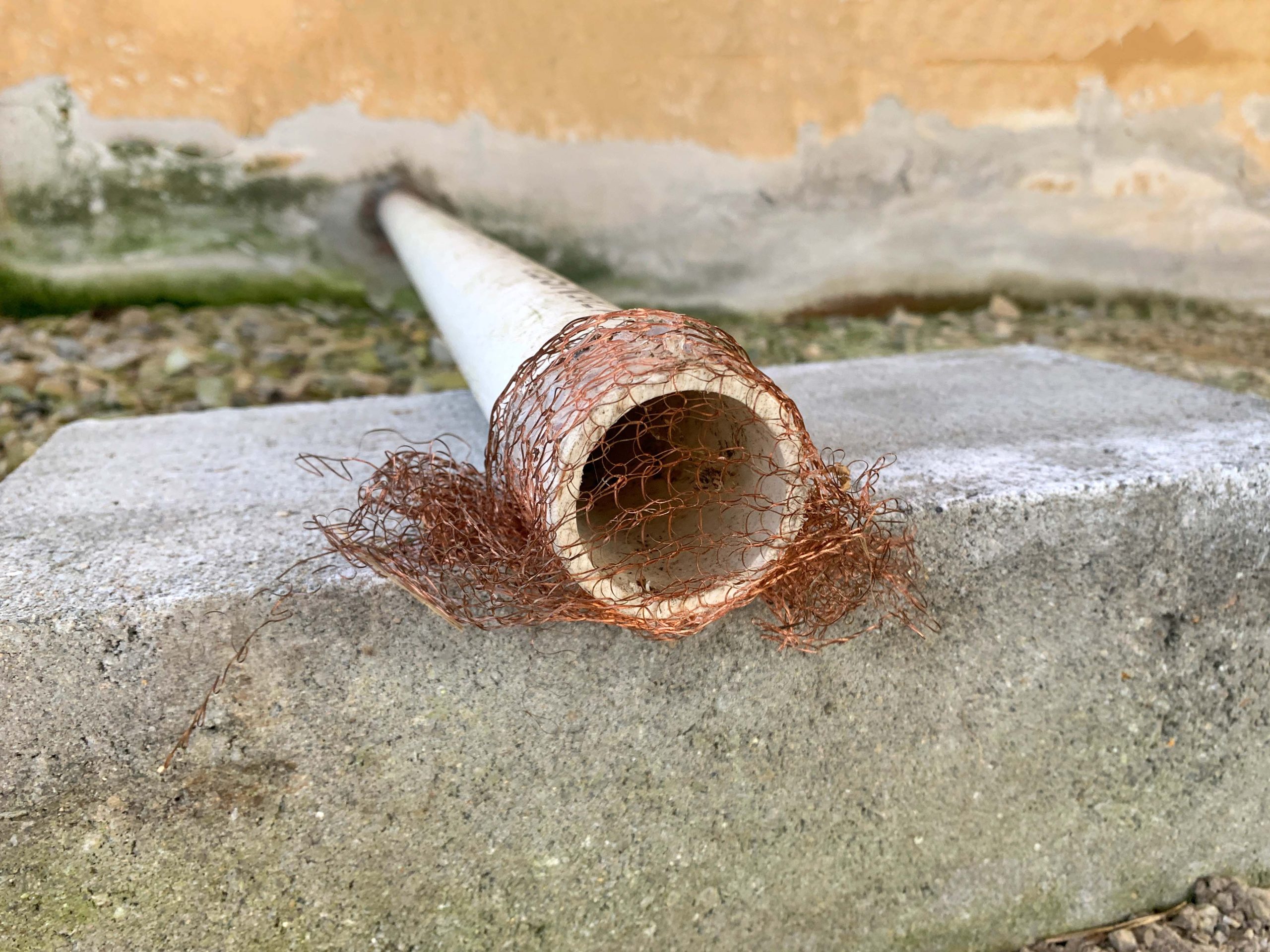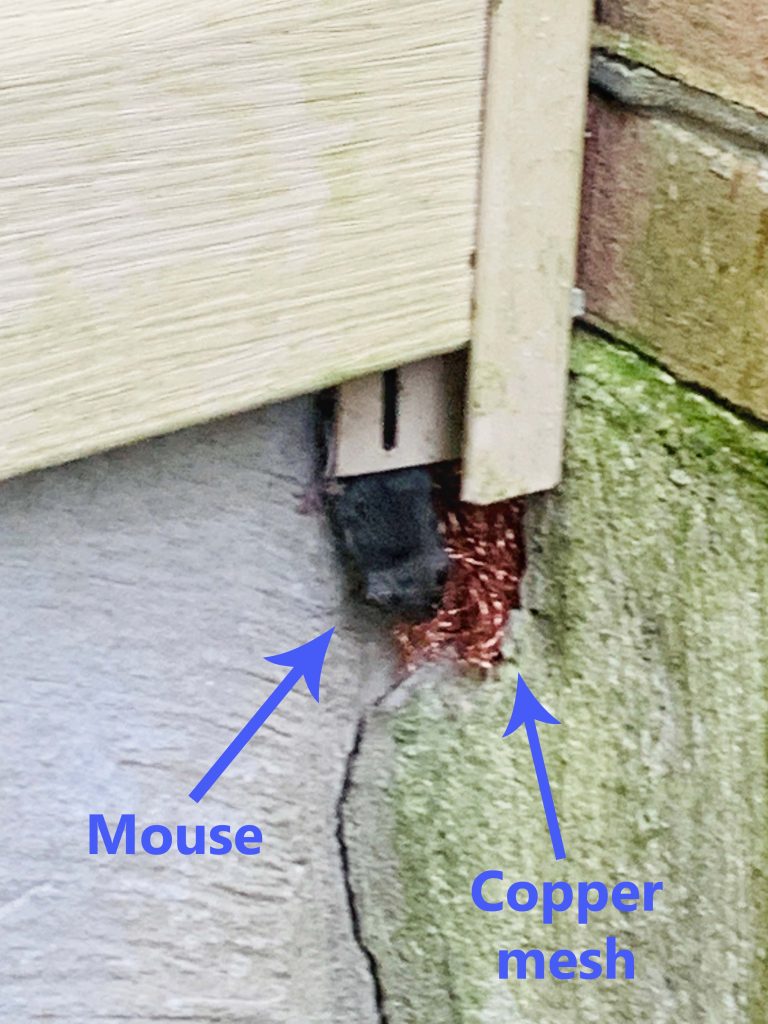

Pests nesting in corners is a common problem that can lead to significant disruptions in your daily life. From the tiny ants scuttling along your baseboards to the larger rodents lurking in hidden crevices, these unwanted guests can wreak havoc. This comprehensive guide will delve into the causes of pest infestations in corners and provide actionable steps to keep rodents and insects out of your home for good. We’ll explore various prevention strategies, pest control tactics, and practical tips for sealing entry points and eliminating potential food sources. By understanding the behavior of common pests, you can effectively create a less inviting environment. This article will cover everything from identifying pest entry points to effective treatments, ensuring a comprehensive and straightforward approach to your pest control journey.
Understanding Why Pests Choose Corners
Identifying Pest Entry Points and Habitats
Many pests, including rodents and insects, are drawn to corners for several reasons. They provide safe, secluded spaces to nest and build their colonies. The narrow, confined spaces in corners offer ample hiding places and protection from predators. Moreover, the dark, less-trafficked areas in corners often hold remnants of food and water, attracting these creatures. Understanding these motivations is crucial in developing effective prevention strategies. These creatures often look for shelter in corners with limited access, making it difficult for you to get a complete view of their hiding places. If you suspect a nest is in a specific corner, carefully examine the surrounding area for any visible signs of activity, such as droppings, gnaw marks, or insect trails.
Eliminating Food Sources and Water
Controlling Food Access and Water Sources
A key aspect of effective pest management is to eliminate potential food and water sources. Pests are naturally drawn to areas with a readily available supply of sustenance. Identifying and removing these sources can significantly decrease the attractiveness of your home to unwelcome guests. A common example includes crumbs and spills left on the floor. It’s important to clear up any crumbs or spills immediately, and store food in airtight containers. Regularly check your pantry and fridge for signs of leaks. Also, consider the proximity of pet food. Uncovered pet food is a significant attractant for rodents, so ensure all pet food is stored in sealed containers when not in use. Additionally, inspect for signs of water leakage, drips, or standing water.
Related Post : Garage Door Not Opening Smoothly? Common Track and Motor Issues
Preventative Measures: Creating a Less Inviting Environment
Sealing Potential Entry Points
Preventing pests from entering your home in the first place is paramount. Focus on sealing any potential entry points around your home, such as gaps in walls, cracks around pipes, and holes in the foundation. These small gaps can be significant entryways for pests seeking shelter or sustenance. This preventative approach is highly effective and significantly reduces the risk of infestation. Caulk or seal any gaps in walls, windows, and doors. Check for holes near pipes or electrical conduits. This step will significantly reduce the risk of pests gaining access to your home. Furthermore, consider using weatherstripping around doors and windows to block entry.
Implementing Pest Control Tactics
Utilizing Traps and Repellents
Once a pest problem arises, deploying appropriate traps and repellents can help contain or eradicate the infestation. Different traps are effective against different pests. For instance, mouse traps or glue traps can help catch rodents, while various types of insect traps can capture insects. Repellents can also deter pests, especially when used strategically around entry points. A well-placed repellant can disrupt the pest’s path or create a deterrent. Choosing the correct type of trap and repellent is important for maximum effectiveness.
Addressing and Dealing with a Pest Infestation
Professional Pest Control Services
In severe cases or when you’re unsure how to proceed, consulting a professional pest control service is recommended. A pest control expert will identify the specific pests infesting your home, recommend appropriate treatments, and ensure the issue is comprehensively addressed. They will also have the tools and experience to safely and effectively deal with the infestation. Professional pest control services should be considered for large infestations, as they can provide targeted treatment and prevent future infestations.
In conclusion, effectively preventing pests from nesting in corners requires a multifaceted approach. Combining preventative measures like sealing entry points, eliminating food sources, and using traps strategically will significantly reduce the likelihood of infestations. Regular inspections and prompt action are key to maintaining a pest-free environment. If you’re facing a severe infestation or are unsure about the best course of action, consult a pest control professional. Remember that prevention is always better than cure, so implementing these tips can save you time, money, and stress in the long run.